Technologies
iPhone 13 Deals: From $0 With Trade-In and More
There are some stellar sales on Apple’s previous-gen iPhone 13 models right now.

iPhone 13 deals are much easier to find now that the iPhone 14 has taken its spot as the top-tier model, and if you don’t need Apple’s latest flagship phone you could save a chunk by going for the previous-gen model.
For starters, with a new iPhone on the scene, the iPhone 13 saw a significant price drop, with the base model down to $699 (from $799) and the iPhone 13 Mini also going for $100 less. And with trade-in offers and carrier deals, you can get your hands on an iPhone 13 for much less than that.
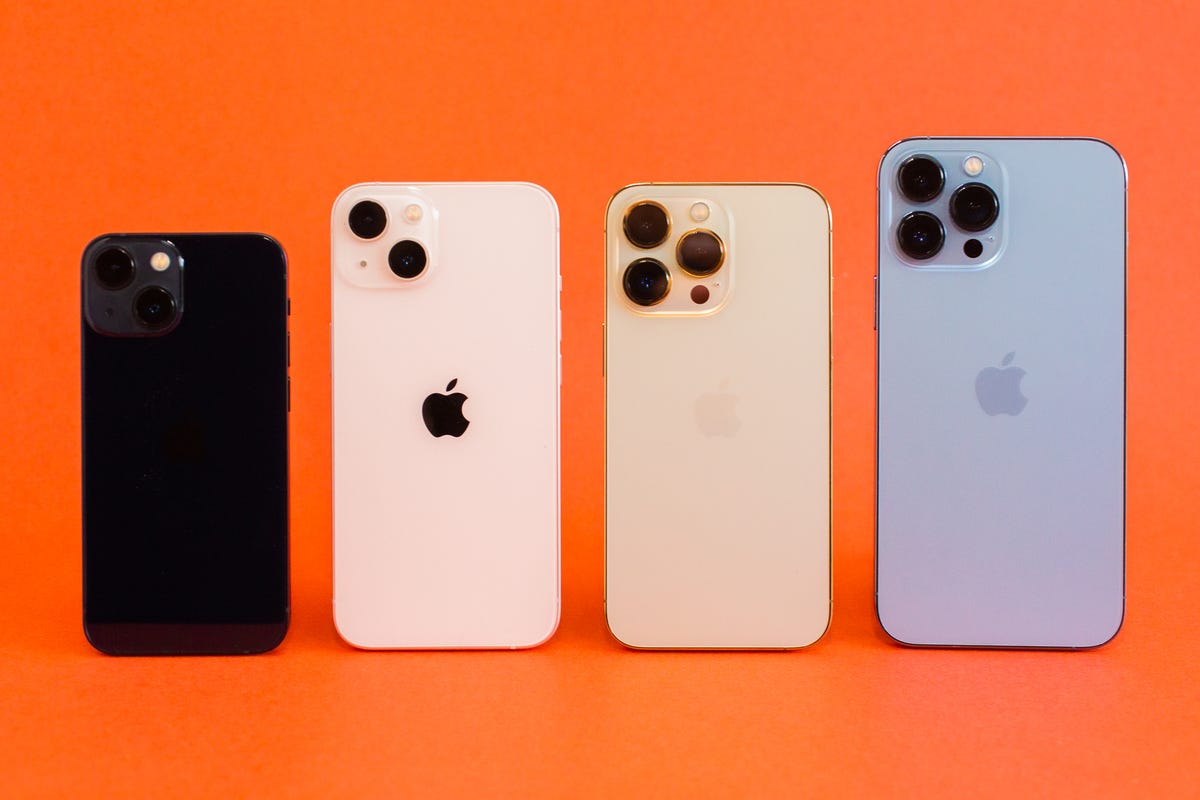

Get your next phone for the best price.
Set price alerts on your favorite models with the CNET Shopping extension and get notified when prices drop.
Despite no longer being the latest model, the iPhone 13 still packs a punch and would be a solid upgrade for a lot of folks — and it’s still our pick for the best iPhone when it comes to value. It has essentially the same design, screen and A15 Bionic processor as the iPhone 14, as well as 5G support, MagSafe charging and cameras that are on par with those seen on the previous iPhone 12 Pro Max.
If that sounds like the iPhone for you, read on for our top recommendations when it comes to iPhone 13 deals.
What colors does the iPhone 13 come in?
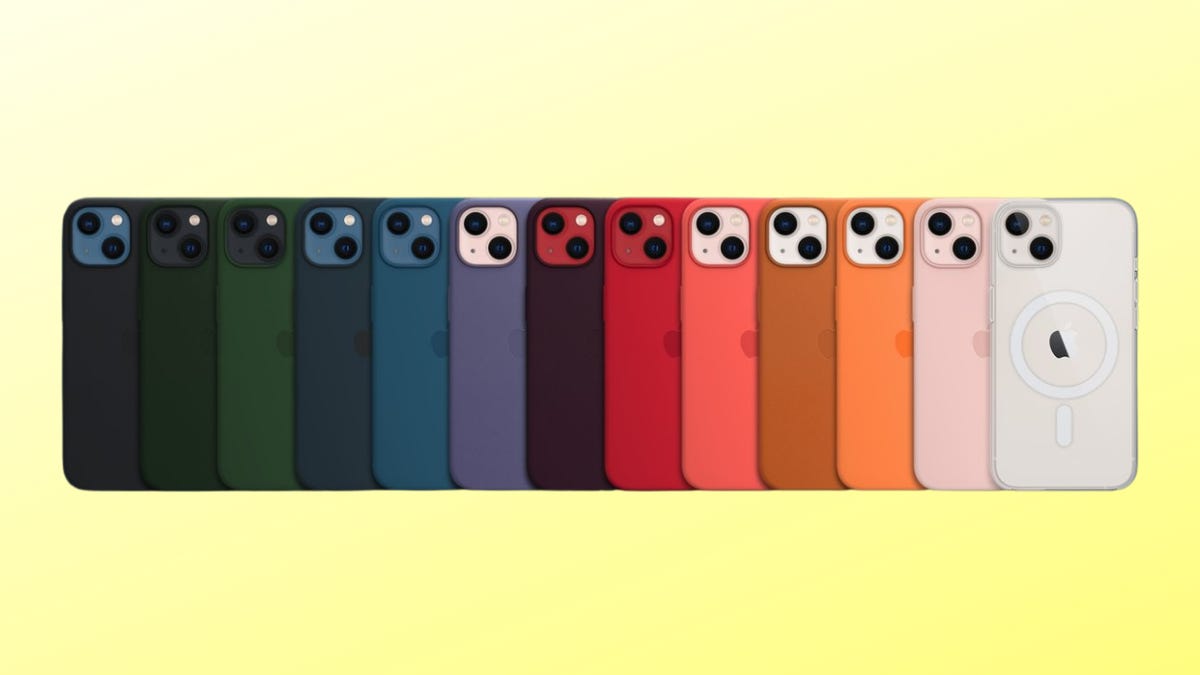

The iPhone 13 and iPhone 13 Mini come in six different colors: green, pink, blue, midnight, starlight white and Product Red. Cases come in a much wider range of hues and patterns.
How much does the iPhone 13 cost?
The two available models of the iPhone 13 have different prices that change depending on the amount of storage. Pricing for each model starts at:
- iPhone 13 Mini: $599
- iPhone 13: $699
Best iPhone 13 deals
Most retailers and carriers, including Apple itself, are offering great deals on the iPhone 13. If you’ve got an older iPhone that you’re looking to trade in, you can save hundreds on a new model or save with special offers from carriers. We’ve rounded up some of the best deals out there right now.
We’ll keep updating this page as new offers become available, so check back if your carrier or preferred retailer isn’t listed below.
Use Apple’s trade-in service and save hundreds off your iPhone 13 purchase. While its site quotes up to $600 off right now, the higher prices are for handing over an iPhone 13 model, which you’re unlikely to be doing when buying one. The highest price paid for an older model is $420 for the iPhone 12 Pro Max or $300 for the standard iPhone 12. If you’re financing the purchase, Apple will apply the trade-in amount as credit after it has inspected the device you send in, or it will refund the trade-in amount to your original purchasing method if you paid in full upfront.
Grab an iPhone 13 from $10 per month via AT&T without having to trade in an old device. The deal requires that you activate or maintain eligible unlimited wireless service with the $370 discount being applied via bill credits over 36 months. Similar promotions are available for the iPhone 13 Pro and Pro Max, though the discount figure isn’t as high at $280 and $200, respectively.
Verizon is offering up to $600 off the iPhone 13 Mini (making it effectively free) or $520 off the iPhone 13 (making it $5 per month). You can get in on the savings, which will be applied as bill credits over 36 months, by taking out the device on a new line on an unlimited plan or by upgrading an existing line and trading in your old phone. New customers can also benefit from an extra $200 Verizon credit for switching. Apple Watch and iPad promos are available too, but note that these require their own service plans.
Sprint is offering $730 off the iPhone 13 lineup in bill credits with an eligible trade-in and a new line. That means you could get the iPhone 13 or iPhone 13 Mini for free there, effectively, or pay as little as $7 monthly for a Pro model.
Unsurprisingly, it’s a similar deal at T-Mobile, with up to $730 off with an eligible trade in and a new line. Existing customers can trade in their old device and get up to $400 off. Other promotions include a buy-one-get-$700-off-another sale and a free Apple Watch SE with iPhone purchase (though you’ll need a new line of service for that device, too).
Technologies
Chrome Autofill Now Supports Passport, Driver’s License and Vehicle Info
Soon, you’ll never need to remember anything ever again.
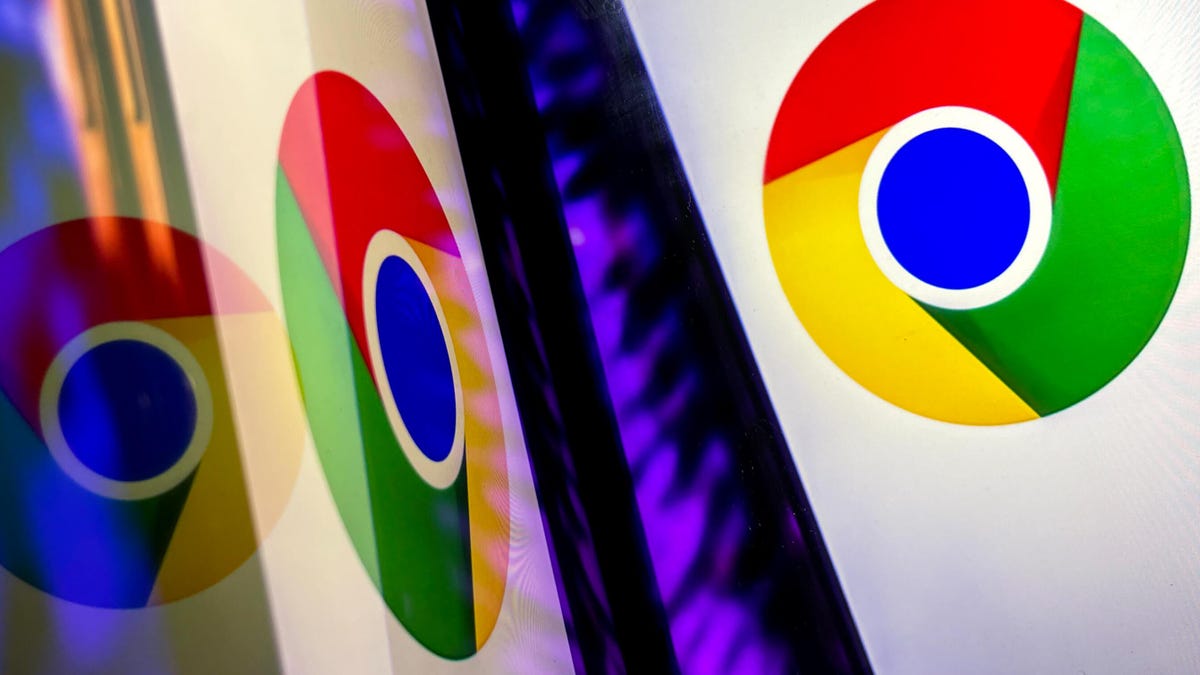
Computer users are accustomed to web browsers autofilling everything from names and addresses to credit card numbers. Now, Google Chrome is adding new enhanced autofill options that allow users to automatically populate fields for passports, driver’s licenses, and their vehicle’s license plate or VIN, Google said in a blog post on Monday.
Desktop users must choose to turn on the feature, which is called enhanced autofill. Otherwise, it stays off. To turn it on, open Chrome, and at the top right of your browser, select more, then settings, then autofill and passwords. Finally, choose enhanced autofill and turn it in.
Google says Chrome now can «better understand complex forms and varied formatting requirements, improving accuracy across the web.» The company also says that enhanced autofill will be «private and secure.»
This enhanced autofill update is available in all languages, and more data options will be supported in the coming months.
A representative for Google said the company had no additional comment.
Don’t miss any of our unbiased tech content and lab-based reviews. Add CNET as a preferred Google source.
Chrome is a critical component in Google’s business. The web browser, currently the most popular in the world with a 73% market share, according to GlobalStats, provides the company with valuable user data that it uses to sell advertising. Advertising is how Google makes the majority of its revenues. New features help keep users loyal to Chrome, making it more difficult for them to switch to other browsers, including those from companies like Perplexity and OpenAI.
Technologies
Today’s NYT Connections: Sports Edition Hints and Answers for Nov. 4, #407
Here are hints and the answers for the NYT Connections: Sports Edition puzzle for Nov. 4, No. 407.
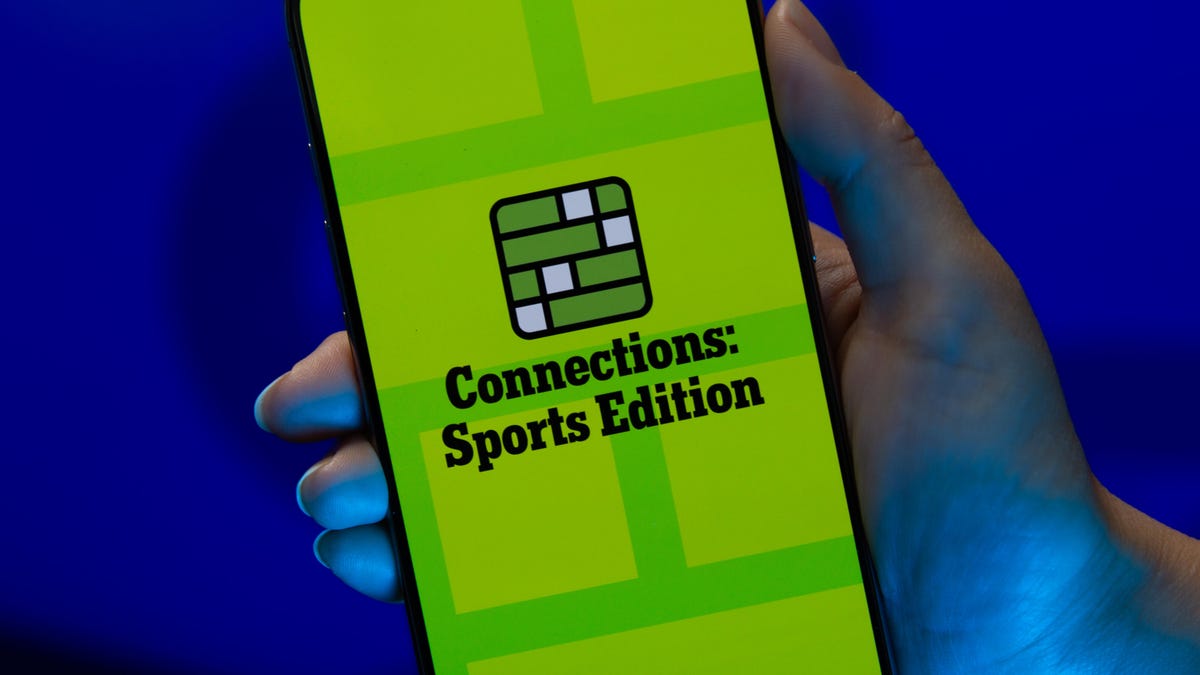
Looking for the most recent regular Connections answers? Click here for today’s Connections hints, as well as our daily answers and hints for The New York Times Mini Crossword, Wordle and Strands puzzles.
Today’s Connections: Sports Edition is a tough one. The Connections: Sports Edition puzzle makers will never run out of categories because they have discovered they can just pick one athlete and make a connections group out of four facts about that person. They do that today with the blue category, so if you don’t know that one player, you’re out of luck. If you’re struggling but still want to solve it, read on for hints and the answers.
Connections: Sports Edition is published by The Athletic, the subscription-based sports journalism site owned by the Times. It doesn’t show up in the NYT Games app but appears in The Athletic’s own app. Or you can play it for free online.
Read more: NYT Connections: Sports Edition Puzzle Comes Out of Beta
Hints for today’s Connections: Sports Edition groups
Here are four hints for the groupings in today’s Connections: Sports Edition puzzle, ranked from the easiest yellow group to the tough (and sometimes bizarre) purple group.
Yellow group hint: Get up and go!
Green group hint: College hoops.
Blue group hint: Famous basketball player.
Purple group hint: Not fair, but…
Answers for today’s Connections: Sports Edition groups
Yellow group: Energy.
Green group: Men’s college basketball teams with the most championships.
Blue group: Associated with Damian Lillard.
Purple group: Foul ____.
Read more: Wordle Cheat Sheet: Here Are the Most Popular Letters Used in English Words
What are today’s Connections: Sports Edition answers?
The yellow words in today’s Connections
The theme is energy. The four answers are pep, verve, vigor and zip.
The green words in today’s Connections
The theme is men’s college basketball teams with the most championships. The four answers are Kentucky, UCLA, UCONN and UNC.
The blue words in today’s Connections
The theme is associated with Damian Lillard. The four answers are 0, Dame Time, Trail Blazers and Weber State.
The purple words in today’s Connections
The theme is foul ____. The four answers are out, shot, territory and tip.
Technologies
Today’s NYT Mini Crossword Answers for Tuesday, Nov. 4
Here are the answers for The New York Times Mini Crossword for Nov. 4.
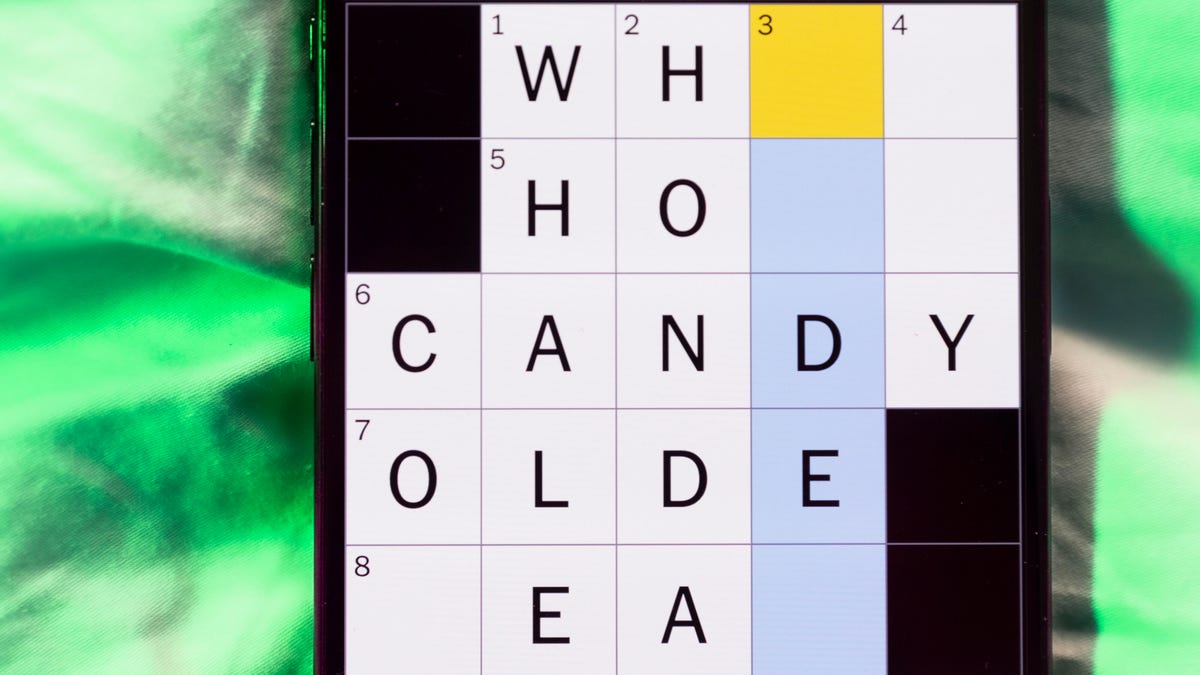
Looking for the most recent Mini Crossword answer? Click here for today’s Mini Crossword hints, as well as our daily answers and hints for The New York Times Wordle, Strands, Connections and Connections: Sports Edition puzzles.
Need some help with today’s Mini Crossword? There are a few tricky clues, so read on for the answers. And if you could use some hints and guidance for daily solving, check out our Mini Crossword tips.
If you’re looking for today’s Wordle, Connections, Connections: Sports Edition and Strands answers, you can visit CNET’s NYT puzzle hints page.
Read more: Tips and Tricks for Solving The New York Times Mini Crossword
Let’s get to those Mini Crossword clues and answers.
Mini across clues and answers
1A clue: Quickly fall asleep after a long day
Answer: CRASH
6A clue: 1/16 of a pound
Answer: OUNCE
7A clue: Where chess, shampoo and the number zero were invented
Answer: INDIA
8A clue: Uproar
Answer: FUROR
9A clue: Opposite of saved
Answer: SPENT
Mini down clues and answers
1D clue: Fancy hairdos
Answer: COIFS
2D clue: Period preceding a big event
Answer: RUNUP
3D clue: Tennis great Agassi
Answer: ANDRE
4D clue: Descendant of a wealthy family
Answer: SCION
5D clue: Symbol for «like» on Instagram
Answer: HEART
-

 Technologies3 года ago
Technologies3 года agoTech Companies Need to Be Held Accountable for Security, Experts Say
-

 Technologies3 года ago
Technologies3 года agoBest Handheld Game Console in 2023
-

 Technologies3 года ago
Technologies3 года agoTighten Up Your VR Game With the Best Head Straps for Quest 2
-

 Technologies4 года ago
Technologies4 года agoVerum, Wickr and Threema: next generation secured messengers
-

 Technologies4 года ago
Technologies4 года agoBlack Friday 2021: The best deals on TVs, headphones, kitchenware, and more
-

 Technologies4 года ago
Technologies4 года agoGoogle to require vaccinations as Silicon Valley rethinks return-to-office policies
-

 Technologies4 года ago
Technologies4 года agoOlivia Harlan Dekker for Verum Messenger
-

 Technologies4 года ago
Technologies4 года agoiPhone 13 event: How to watch Apple’s big announcement tomorrow
